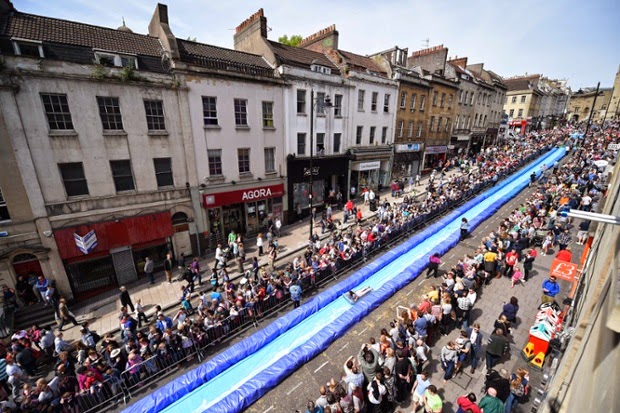A week ago I finished my last university assignment, and after three years it's all come to an end. But rather than resorting to burning my books, discarding my essays and drinking myself into an oblivion I decided to give some of my work a second life.
Taking the essays from which I had received the most positive feedback and marks (firsts), I decided to incorporate the copy of the essays into booklets. The benefit as I see are two fold; firstly it will allow me to gain a better understudying and appreciation of Adobe Illustrator and InDesign, and secondly it will provide me with a way of presenting my work in a more creative manner.
What sparked my interest in developing these booklets came from examining the work graphics design students were showing at the UWE degree show. Many of these students had created simple yet stylish A5 sized booklets, which furthered my thinking in how I could create something similar as a way of transforming my favourite essays into something more conceptual.
Whilst I would never profess to being an out and out creative - creativity has always been part of my DNA, with my brother being a graphic designer and my father working as a creative director in advertising.
Taking the inspiration of creating a booklet from the UWE design students, I began to further research using various websites to find other inspirational material - in particular using Design Inspiration - that would help me in the creation of my own design work.
Taking the inspiration of creating a booklet from the UWE design students, I began to further research using various websites to find other inspirational material - in particular using Design Inspiration - that would help me in the creation of my own design work.








